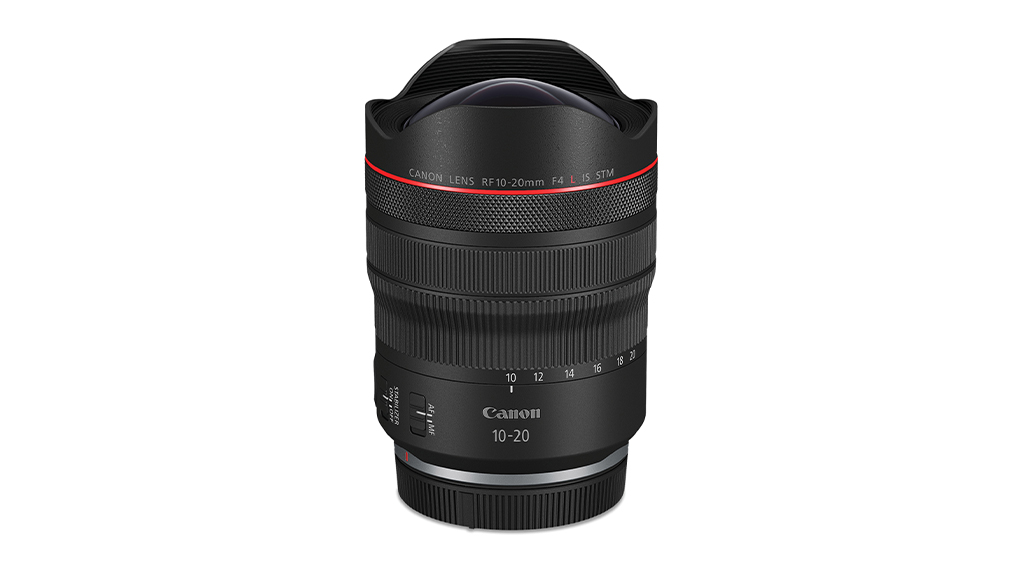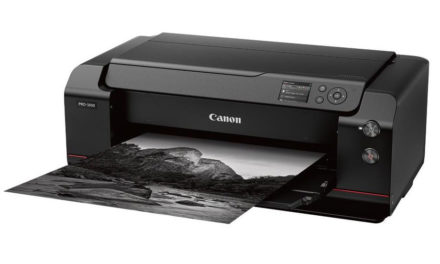The New Canon Super-Wide Miracle Lens
Review by Fernando Santos
Canon just released something special: the world’s widest, full-frame, autofocus, rectilinear lens. Meet the new Canon RF10–20mm F4 L IS STM, a super-wide lens, with a reasonable $2,299 price tag. I was able to get a production model to try, so keep reading to learn if this is a lens you want to keep in your camera bag, or not.
First things first: This is a rectilinear lens, which means straight lines are kept straight, which isn’t the case with most super-wide-angle lenses. Being an L-series lens, you get the usual full-weather sealing, as well as other highest-quality standards from Canon. If you know the Canon EF11–24mm f/4L USM lens, you’ll be surprised how small the new RF model is: at just 4.4″ (112mm) long, it’s 0.78″ (20mm) shorter than the EF model, and I’m not even considering the required adapter. The weight savings is even more incredible: at just 1.3 lbs. (570g), the new model weighs less than half the EF model (2.60 lbs./1180g). The lens hood is built-in and can’t be removed, which is a good thing to help you protect the front element. The lens cap is non-standard, so you may want to order a spare, just in case you lose yours and then can’t find one in stock (search for Lens Cap 10–20).

It won’t be easy to attach a filter to this lens until someone comes up with a dedicated system, but there is a rear-mount, gel filter holder, and you may try going that route. The lens has image stabilization of up to 5 stops (or up to 6 stops if your camera has IBIS). Field coverage at 10mm is 130° degrees. If that doesn’t tell you much, imagine a circle; now slice it into three equal parts and each will have 120°. The field of view is wider than that. There’s another unusual feature on this lens: a customizable button. It’s like those you can find on long telephoto lenses.
Here’s one more possibility for you to custom-configure your camera and lens to your preferences. If you have a Canon RF-S body, you can still use this lens and it will give you a coverage equivalent to a 16–32mm lens, which I’m sure will be very welcome for those with APC-C bodies.
Regarding performance, you’ll get exactly what you’d expect from a Canon L-series lens: super-sharp image quality. You’ll love how lightweight it feels if you’re used to the EF11–24mm model. On the other hand, you may find the 20mm limit too short and prefer to go with the RF14–35mm model because, at 14mm, it’s still a very wide-angle lens. Going up to 35mm, however, you start getting into a more usual range, which may please a lot of people, and the RF 14–35mm costs about half the price.
Quick warning: At the time of this writing, Adobe had released Camera Raw 16.0.1, which included support for this lens model, but Lightroom Classic did not yet include the lens profile. Also, with the Canon EOS R6 Mark II, make sure you have the latest camera firmware (at least 1.2.0) or the lens may not work properly.
If you want to create unique images that will make people stop and look at them, then you may need something extra, and this super-wide RF10–20mm F4 L IS STM lens can help you out. Whether for architecture, interiors, landscapes, cityscapes, or some unique-looking street photography, this is an impressive lens that I’m going to keep inside my camera bag. I highly recommend it.






